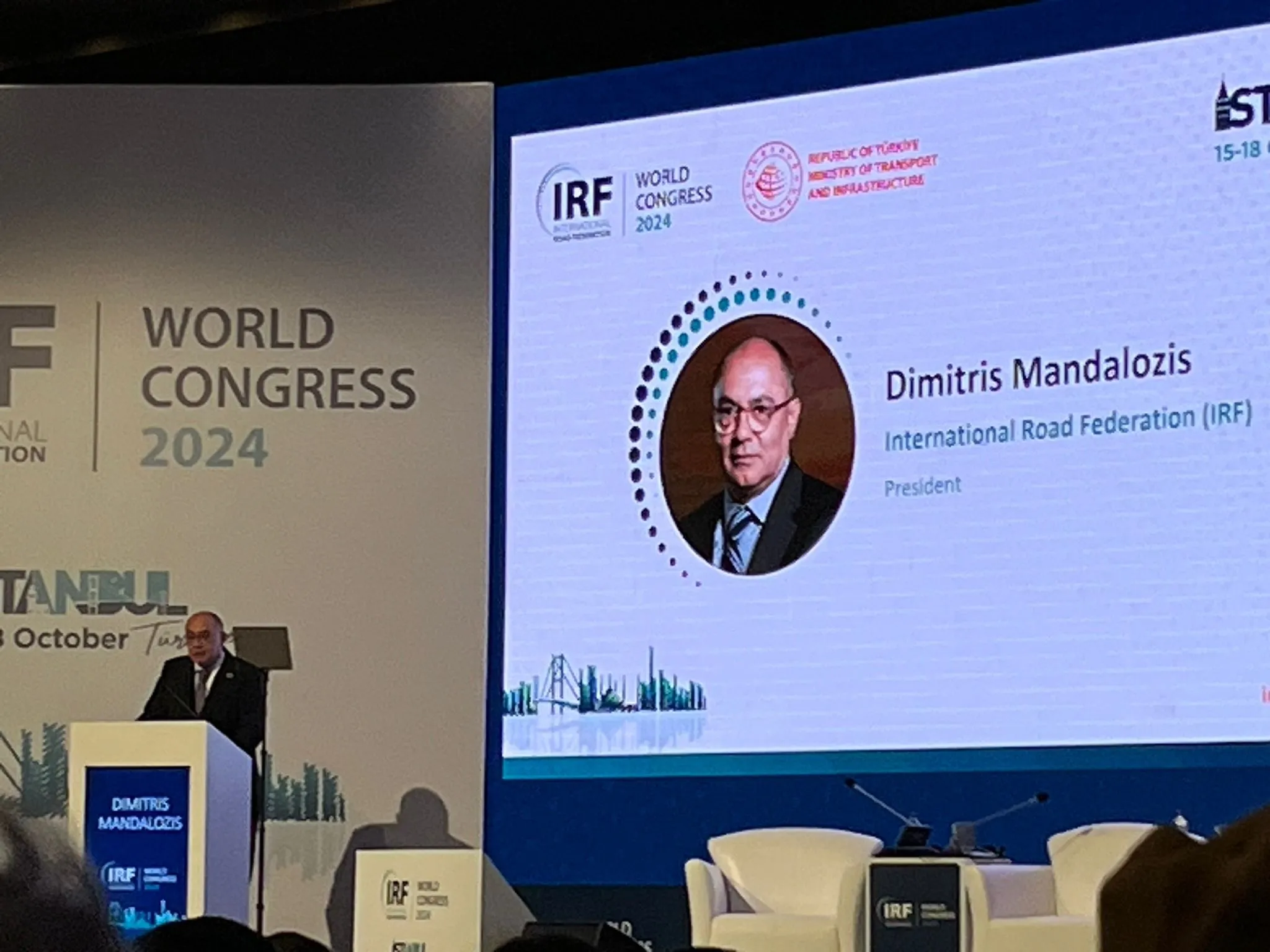
Blair Turner examines infrastructure options for achieving Safe System outcomes and their implementation in Australia
Like a number of other developed countries around the world, Australia has recently adopted a 'Safe System' approach to addressing road safety. This approach, which stems from Sweden's Vision Zero and Sustainable Safety in the Netherlands, recognises that humans as road users are fallible and will make mistakes.There are also limits to the kinetic energy exchange that humans can tolerate (for example, during the rapid deceleration associated with a crash) before serious injury or death occurs. A key part of the approach requires that infrastructure be designed to take account of these errors and vulnerabilities, so that road users are able to avoid death or serious injury on the road.
The Safe System approach represents a fundamental shift in thinking about how we try to address road safety. It accepts that road users will inevitably make errors and that there is an obligation on those who manage the road network to provide a safe road and roadside environment.
For almost all crashes there is likely to be some form of road improvement that could be made to reduce the likelihood of a fatal or serious injury crash occurring.
Although the Safe System vision is clear within Australia, and there is general agreement about this, the approaches that might be taken to achieve this vision are less obvious. Good examples of Safe System design exist from around Australia and elsewhere in the world, but there is a need to better coordinate and communicate these lessons to all involved in delivering road safety. Advice is also required regarding infrastructure options for achieving Safe System outcomes.
In order to help meet these objectives, a national forum was recently held in Australia to examine infrastructure options that might help achieve Safe System outcomes. The forum involved around 40 senior road managers from Australia and New Zealand. Discussion included current progress towards implementing Safe System principles, and options for future implementation. Some of the key outcomes are introduced below, while full details on the approach can be found in the report from the event (see below), which can be accessed via the ARRB website (www.arrb.com.au).
The successful management of vehicle speeds is a critical element of the Safe System approach. Recognition of the human tolerances to speeds in different road environments provides useful direction for future infrastructure improvement. As an example, it is recognised that above impact speeds of 50km/hr the chances of surviving a side impact collision at an intersection begin to reduce dramatically. This indicates the need to reduce speeds to 50km/hr in situations where intersection conflicts are likely. This can be achieved through the installation of well designed roundabouts, or the use of platforms at intersections. For situations where higher speeds through intersections are required (on high speed major routes), consideration should be given to grade separation or the banning of specific turn movements and provision of acceleration and deceleration lanes.
Similarly, development of a clear functional road hierarchy for speed management purposes is required for the implementation of Safe System infrastructure, and particularly a system that provides a 'self-explaining' road for motorists. A rural and urban hierarchy is needed to identify roads that serve a through traffic function, a mixed function and a local access function.
Speed limits, and the design of the road environment, need to be harmonised and consistent on each part of the hierarchy so as to provide a self-explaining road for motorists.
A useful distinction was made between Primary and Supportive road safety treatments. Primary treatments are those that directly provide a Safe System outcome (minimise death and serious injury), for example by reducing impact forces to safe levels or by separating different road users. Supportive treatments assist in delivering safety improvements, but in an indirect manner (for example, hazard warning signs may reduce the incidence of crash occurrence, but should a crash occur, would not have an influence on the severity outcome). Both are of use, but more use needs to be made of Primary treatments. In addition, efforts are required to develop new Primary treatments. Continuing the intersection example provided above, there is a need to explore the use of raised platforms at signalised intersections or ways in which to slow vehicles on the approach to intersections, perhaps through increased deflection and/or road narrowing. Work is currently underway in Australia and elsewhere to explore these sorts of possibilities.
Additional work is required not only to identify and implement Safe System infrastructure for intersections, but also for other situations where fatal and serious injuries are likely to occur. Of particular interest are measures to provide a forgiving roadside environment, for example through removal or relocation of roadside hazards; the use of crash friendly roadside features and barrier systems; measures that prevent head-on crashes (particularly barrier systems) and measures that protect vulnerable road users (including physical separation and slower speed environments).
The forum identified that good progress is being made towards Safe System implementation in Australia, but there is a need to share good practice between jurisdictions more effectively. To capture the collective views and experience in applying Safe System practice in Australia, and to progress discussion on this issue, ARRB has produced a Safe System Infrastructure National Roundtable report, which provides a practical discussion of options for future provision of infrastructure that meets Safe System objectives in the short, medium and long term.
The report is expected to form the basis for further discussions on the implementation of Safe System infrastructure, and to inform delivery strategies at local, state and national level. (See also World Report: Australia this issue).
With almost 50 years of experience in the research and consulting area, the ARRB Group collaborates with the road industry 'to turn knowledge into practice'. It enjoys an international reputation for innovation, independence, scientific integrity and professional excellence.
Based in Melbourne, it has offices across Australasia and worldwide.
Blair Turner is Principal Research Scientist within the group's Safe Systems, Research and Consulting Division. Contact details for further information:
Call for submissions: IRF Examiner, an opinion journal for road professionals @@@@ IRF has developed a new publication to provide a multiplier of discussions on local, regional and global transportation topics. @@@ This new "opinion journal" taps into IRF's worldwide network of engineers, graduate students, professors, researchers and practitioners who examine and opine on some of today's most pressing road concerns. @@@ Because IRF's outreach is global and spans all sectors of the transportation industry, topics discussed in each issue will foster an international forum for the exchange of ideas and expertise. @@@@ The inaugural issue of the Examiner focuses on road safety, discussing a range of issues such as roundabout safety, motorcycle guardrail crashes and variable speed limits. Future publications will investigate topics regarding road safety, financing, latest technologies, environment and pavement performance.









